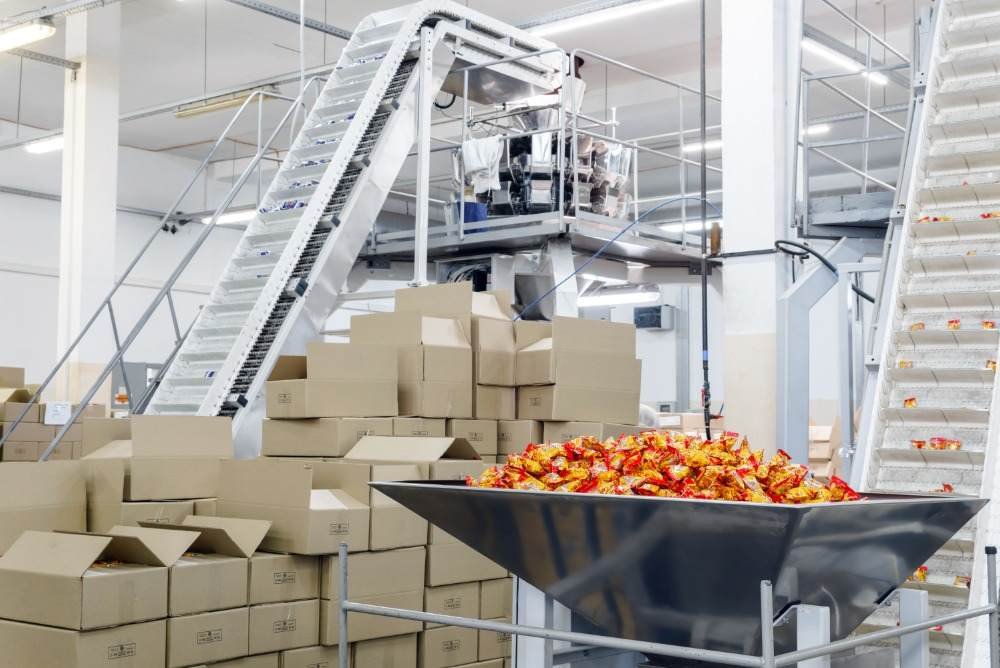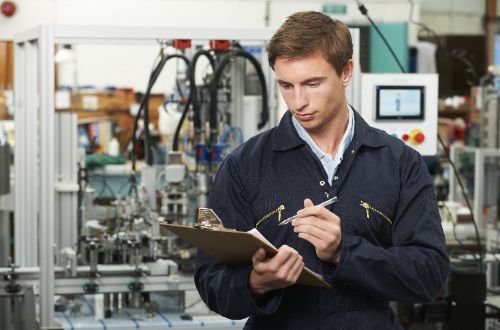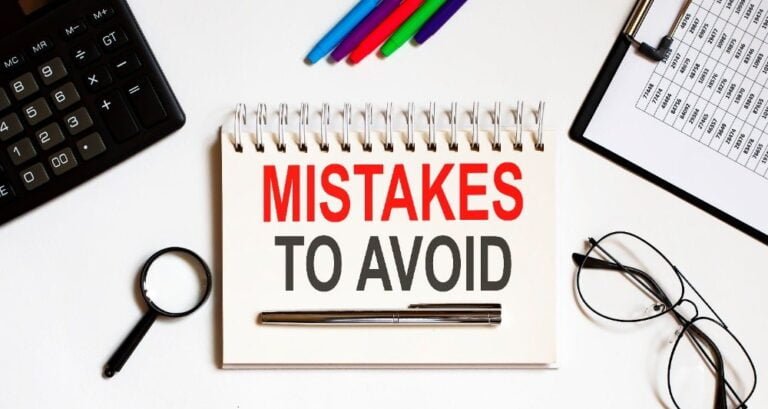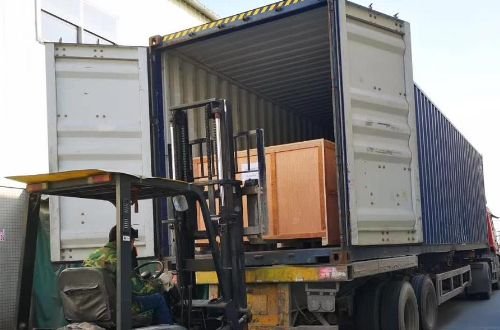When buying packaging equipment, it’s essential to be aware of potential mistakes that can negatively impact the return on investment of the machine. Investing in new equipment that will have a long-term impact on a company’s profits, it’s crucial to make sure the investment is worthwhile.
This article will discuss five common issues that can reduce potential profits and efficiency and increase total cost when investing in packaging automation.
Unexpected changes or redesigns on ordered packaging machines
A common problem that can cause increased total cost and delays in packaging machine projects is the need for unexpected changes or redesigns after manufacturing has begun. This often occurs when important project details need to be clearly defined or have been changed at the last minute.
It’s essential to clearly understand the necessary specifications and requirements for the project to avoid costly changes and delays later on.
Customizing packaging machines to unique specifications can be a time-consuming and costly process. Changes made during the manufacturing process can lead to additional expenses due to the costs associated with programming, engineering, and reconfiguring key components.
To avoid this, it’s essential to clearly define important project details before reaching out to a manufacturer. Having internal discussions and reaching a consensus on packaging needs specifications such as bag sizes, machine speeds, and system configuration before requesting a proposal can help minimize the chance of unexpected changes and additional costs. This will also help to maintain the lead time and avoid delays.
Not knowing your packaging equipment numbers

One effective way to decide on purchasing packaging equipment is to evaluate the machine’s return on investment (ROI).
ROI determines whether investing in a new automated packaging machine is worthwhile for your business. It is imperative to understand that there are situations where purchasing packaging equipment might not be a good idea, for example, if a company’s packaging output needs to be higher or the packaging processes needs to be simplified to automate at a reasonable cost.
To make this decision, it’s crucial to have reliable data about your current packaging process, and that’s where Key Performance Indicators (KPIs) come in.
Starting as soon as possible is crucial if you still need to track them. To calculate the ROI, it’s recommended to follow the following data points at a minimum:
- Packaging output: The number of packages produced per minute in your current production line.
- Packaging labor costs: The labor cost for your current packaging process, including wages and benefits.
- Waste and scrap: The amount of money lost due to quality issues in your current process.
You could also factor in other costs, such as energy consumption, maintenance, and repair fees, which could impact the overall ROI of a packaging machine.
Furthermore, consider any potential increase in sales or efficiency that the new packaging machine may bring. By comparing all these data points, you will clearly see the possible ROI of a packaging machine purchase and make a more informed decision.
Not well prepared for packaging line facility

When a new packaging machine is ready to be delivered to your facility, it’s vital to ensure that you are fully prepared for the commissioning process. However, things often need to be noticed, resulting in additional costs. Some common issues that arise include:
- Not evaluate the entire packaging process: It’s important to clearly understand where the new packaging system will fit and who is responsible for different parts of it. This includes identifying if infeed or outfeed conveyors are needed or if the product will be transported downstream for further processing.
- Not considering integration with existing equipment: If you have current packaging equipment that you would like the new system to integrate, it’s essential to inform the manufacturer for planning and design purposes.
- Not being well prepared for transport and installation: Before the packaging machines arrives, you should ensure that you have a forklift capable of handling the weight of the equipment, a plan for moving it from the dock to its final location, and adequate power and air hookups.
- Not planning for future upkeep and costs: Though the packaging machine should require minimal maintenance and wear parts replacement, it’s essential to plan for periodic maintenance and stock high-wear parts at your facility.
Considering these factors, you can ensure a smooth commissioning process and avoid additional costs.
Not enough operation staff or training

It’s important to consider who will operate and maintain the new packaging machine after the manufacturer’s technicians leave.
It’s crucial to have a team of well-trained personnel who can operate the equipment efficiently, especially if you have multiple shifts. Modern packaging machines require little human intervention, but the person must be well-trained to handle the machine when needed.
If the staff is not well-trained, it can result in machine downtime, which will decrease profits. It is often a good idea to take advantage of the training offered by the manufacturer as part of the startup and commissioning package unless you already have a well-trained and experienced workforce.
Neglecting preventive maintenance of the packaging systems

Once the packaging equipment is in use at your facility, it’s essential to have a plan for regular maintenance to keep it running efficiently. Even if you have chosen a high-quality machine, regular maintenance is reasonably necessary to ensure its longevity and performance.
If you only perform maintenance when the machine is down, it can increase production and positively affect profits. To avoid this, it’s crucial to be proactive and create a preventive maintenance plan that meets your specific needs.
Some manufacturers offer comprehensive maintenance packages that include regular visits from a trained technician to check the equipment and address any potential issues before they become significant problems. Although these packages may come with additional costs, they can provide peace of mind and help you better plan your maintenance expenses.
Conclusion
Purchasing a packaging machine is a significant investment that can impact a company’s long-term profits.
To ensure maximum return on investment, it’s important to avoid common mistakes such as unexpected redesigns or change orders, not mapping out the entire packaging process, not considering integration with existing equipment, not being prepared for transport and installation, and not planning for future upkeep and costs.
By being aware of these potential issues and taking the necessary steps to prevent them, companies can make an informed decision about their packaging automation needs and ensure that their investment pays off in the long run.
Wanna know how to calculate the ROI? check here



